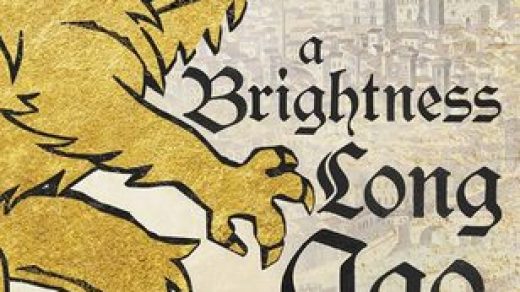Gaelic Sport in Ireland
ISBN: 0297835661
The waves are hissing the secrets of winter. They arrive here bearing a wind which has lost no sharpness since it left the west coast of Scotland. The roads are empty and frosted tonight. The moon is timid in a louring sky. The dressing room lights are off. The floodlights have yet to be cranked up. The pitch is fringed with frost. There is nobody here. Why would anyone come?
Tom Humphries is a sports writer here in Ireland, and a very good one at that. Always entertaining and readable every week in the Irish Times, but this book isn’t the greatest example of his writing.
Green Fields starts off with a training session in early February, the start of the GAA year when all teams are equal. When all have a chance to win the All-Ireland. When players are unfit after their winter off, and when the evenings after work seem to dark to head out training. GAA players are all amateurs you see, and this is a book that points out how important the Gaelic Athletic Association is in Irish life. And how unique.
The introduction tells the reader how in the 1800s the two main games of the GAA, Gaelic Football and Hurling were codified and became part of the resurgence of interest in everything Irish and Celtic. And how sport doesn’t always stay just sport.
Almost immediately that play assumed a political complexion. Everything on this island does.
Humphries takes the reader on tour of Ireland, a geographic and an historical tour. With plenty of anecdotes and stories from the GAA world. He tells of the sacrifices players made, all for love of the sport. For pride in their parish and their community. Because none of them were in it for any money. And they’d put up with whatever weather came their way. As Tommy McGivern said
when the wind and the rain was so bad that you could have lain back into it, and if it stopped suddenly you’d have fallen over.
And all because sport was more than simply sport. It was a way of showing where you came from, it was part of what made communities and helped people come together.
Whatever happened in the country affected the GAA and vice versa. It has never quite managed to become merely a sporting organization
As an indication of how important, how much cultural significance the GAA has Humphries details some of the stories from the prisoners in Long Kesh during the hunger strike, and the protests. How they smuggled in the GAA results and tried to organise games between prisoners. Of course they were still interested in the soccer results from England too, but had to smuggle those results in too as Michael Colbert reports;
Aontaithe was United, Col Ceather Aontaithe (literally Cousins of United) was Manchester City; then you’d have Caislan Nue (Newcastle), or, if a prisoner followed a certain team, just Foireann Mick (Mick’s team). That was a strange set-up, all these English teams getting nicknames in Irish so Republican prisoners could find out how they were doing without the screws catching on
Overall this was a fairly enjoyable book, although I’d say it is aimed slightly more at an international audience than an Irish one. It is also amazing to see how much has changed in the 10 years since this was published. 1996 doesn’t seem so long ago, but the GAA has changed since then, even if it still has a huge hold over the country. One which I hope stays in place. It does suffer from some over the top reporting but still recommended.




Recent Comments